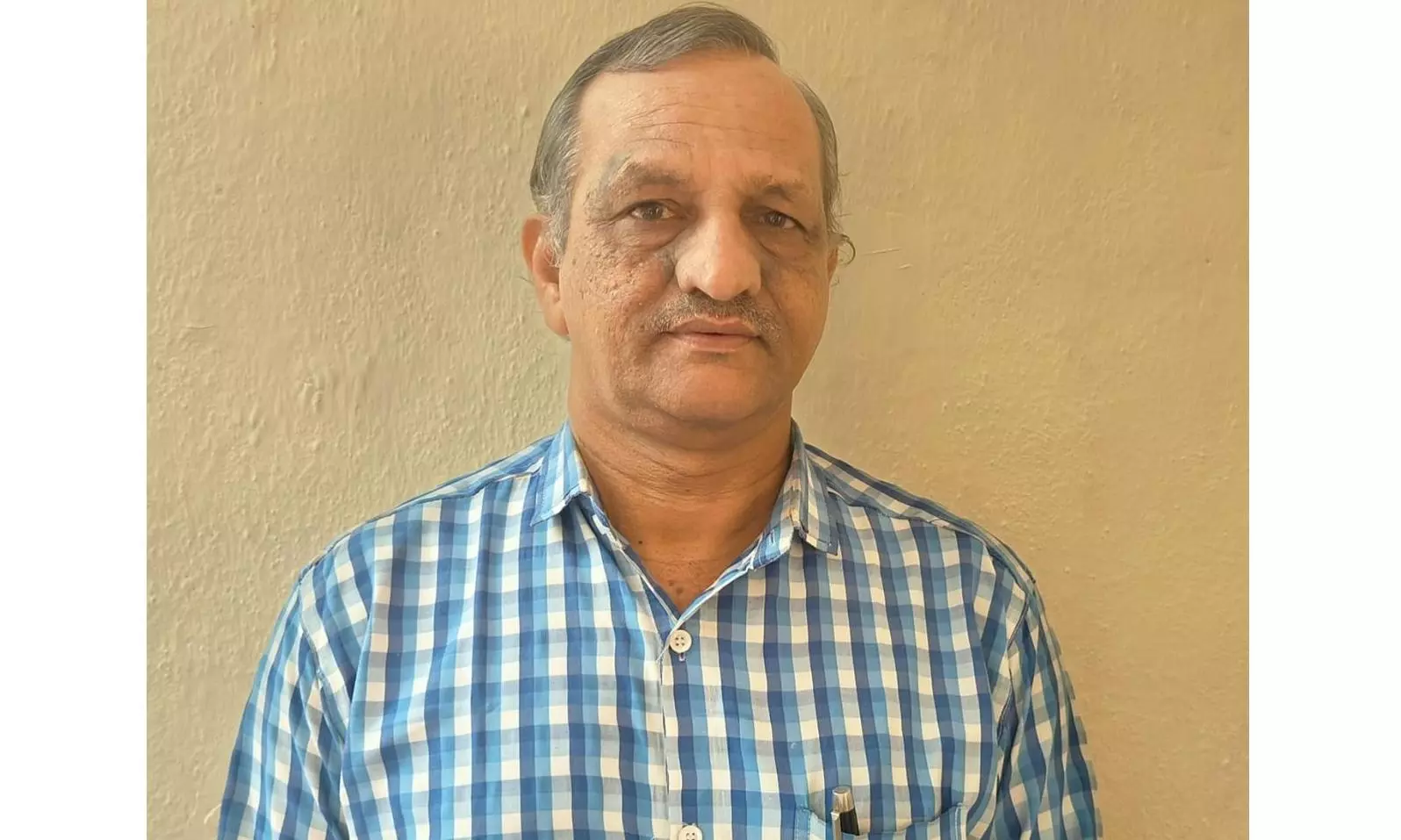Old method almanac writers eye post at Tirumala Tirupati Devasthanams

KAKINADA: Many of the Almanac writers, who follow the Drik Siddhantha method (Visible) are keeping an eye on the Tirumala Tirupati Devasthanams Astrologer’s post (Asthana Siddhanthi) by using their influence in the ruling party. They are making allegations against the present Astrologer who follows the ‘Purva paddathi’ (old method). They are also alleging that due to the Purva Paddathi Almanac, people are getting confused about the festivals and also some of the ‘Muhurtas’ which are the calculation of the movement of ‘Stars’ and ‘Grahas’ are vastly different and it will affect their ‘zodiac’ predictionas.
For more than six decades, the scholars of the Tangirala family are preparing an almanac for the TTD based on the calculations of ‘Purva Paddathi’. But, in recent times, there is growing opposition to this method by scholars, who go by the Drik Siddhantha Invisible) method. The latter want the Tangirala scholars to follow the Drik Siddantha. However, the Tangirala scholars say that Purva Paddathi has the sanction of Sashtras and old practices and it reflects the culture and customs of both Tamil Nadu and two Telugu states.
The regional practices are also taken into consideration and the scholars at TTD approve of the Almanac prepared by them. Therefore there is no need to change the method now, unless there are strong reasons why old and traditional practices can’t be given up. Sources said that in the 1920s, after a debate had taken place on the Sashtras, mediated by the great Astrological scholar, Vadrevu Suryanarayana Murthy, the Tangirala family made it clear that they would not follow the Drik Siddantha fully.
They would only follow the Drik Siddantha for calculation of ‘Eclipses’, but not other ‘calculations. “Our family has been making almanac calculations for 13 generations and bringing out almanacs from 1880s. We follow a method adopted by our forefathers and past generations which are accepted by the Sashtras. Our calculations are fully correct as per Sashtras’’ said, TTD Asthana Siddanthi and Relangi Tangirala Almanac writer T. Krishna Prasad, who is an expert in almanac calculations and Smartha and Krishna Yajurveda Pandit, who are also experts in ‘Pancha Kavya’.
He said that their calendar would be written under acceptance by Vykhanasa Pandits and also the officials concerned and it reflects the customs and culture of the region. Advocates of Drik Siddantha contend that their calculations are in accordance with the calculations of ‘NASA’ and Birla Planetorium scientists. “We should prove our calculations to society and decide the festivals by following a scientific approach. In 1954, a committee, appointed by the-then Prime Minister, Jawaharlal Nehru, accepted Drik Siddantha and directed the almanac writers to follow it.
“The ‘Indian Calendar’ is coming on the lines of the committee,’’ said an eminent astrologer, P. Srinivasa Gargeya. The Drik Siddhantha Almanac writers are expediting their campaign to bring all old method almanac writers into their fold. To seize this opportunity, some Drik Siddantha Almanac writers are making efforts to grab the TTD Astrologer’s post.
Controversy over Sivaratri date:
Again, there is a row over Maha Sivaratri festival on the lines of Sankranti Festival. Purva Paddati Almanac writers have stated that Maha Sivaratri falls on February 13, but Drik Siddantha Almanac writers insist that the date is February 14. But many Shiva Temples in Andhra Pradesh are observing Maha Sivaratri on February 13.
The pundits of these temples say, ‘We are calculating ‘Lingodhbhawa Kalam’ (Manifestation of Shiva Lingam)’. In that calculation, the Shiva temples will observe Maha Sivaratri on February 13. The TTD Asthana Siddanthi Tangirala Krishna Prasad said, that on February 13, there is a mixing of two Thithis ‘Trayodasi’ and ‘Chaturdasi’ whose combination is very auspicious and Chaturdasi Thithi is continuing till midnight on both days. He said that the period from sunset to sunrise is divided into 15 parts and the eighth part is taken for the ‘Nishidi’ period, (manifiestation of ‘Shiva Linga’ in pundits’ language).
So according them, February 13 is appropriate for Maha Sivaratri.
However, the Drik Siddantha Almanac Writers’ former president G.M. Pattabhi Sastry is strongly opposing the theory. He said the ‘Nishidi’ period should be calculated as per the ‘Sasthras’ and ‘Grandhas’, but not manipulated. He said that the Maha Sivaratri festival should be held on February 14. Meanwhile, according to sources, a ‘Solar Eclipse’ would take place on February 15 and it will not appear in India, but will be visible in South Africa and other countries.
Some Almanac writers of Drik Siddantha are maintaining silence on this festival controversy.

